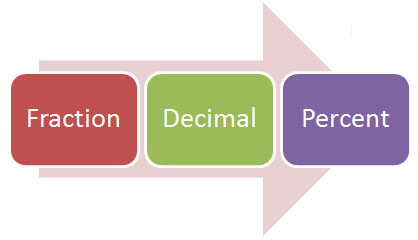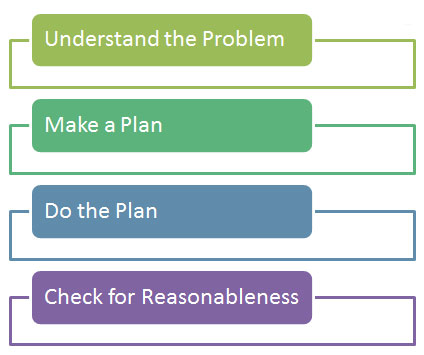Introduction
In a previous resource, you used whole numbers and simple rational numbers to identify operations from problem situations. Clue words are important since they can help you to determine which operations need to be performed for a certain situation.
The order of operations is very important. Review the acronym, PEMDAS, to remind yourself about the order of operations.

 In this resource, you will focus on applying operations, including the order of operations, to solve meaningful real-world problems. You may also need to convert rational numbers from one form to another.
In this resource, you will focus on applying operations, including the order of operations, to solve meaningful real-world problems. You may also need to convert rational numbers from one form to another.
Representations of Rational Numbers
You can represent rational numbers in a variety of ways. Recall that a rational number is a number that can be expressed as a ratio of two integers.
For example, the fraction is a ratio of the integers 2 and 4. It can be written as a fraction or as a decimal.
Use the interactive below to review how to convert among different representations of rational numbers. Click on the conversion you want to perform to see more information about how to perform that conversion.
Identifying Operations from Problem Situations
In a previous resource, you generated a list of clue words that indicated certain operations.
Use the interactive below to review those clue words. Click on the operation symbol to see the clue words.
Often, you will encounter a problem situation that includes more than one operation. Clue words can help you identify the operations that you need to perform. Clue words can also provide guidance on the order in which you should perform the operations.
- As you saw in the previous section, the acronym PEMDAS tells you the order of operations once you know the expression. How does a problem situation tell you which order you need to perform the operations?
- How do parentheses help you to write an expression to ensure that the correct order of operations is followed?
Using a Problem-Solving Plan
In the previous section, you solved word problems to determine which operations should be used. Once you successfully identified the operations, you saw how grouping symbols could be used to write expressions in order to solve the problem.
Not every problem comes with an expression that is ready to be solved. Usually, you will have to write that expression yourself. Using a problem-solving plan, like the example below, will help you to create that expression.
Practice
Use what you have seen in this resource to answer the following questions. Remember, you may need to convert rational numbers to an equivalent form or use a problem-solving plan.
Summary
Solving problems with rational numbers may require you to do a lot of footwork before you can actually solve the problem!
You may need to convert rational numbers to an equivalent form.

You may need to use a problem-solving plan.

